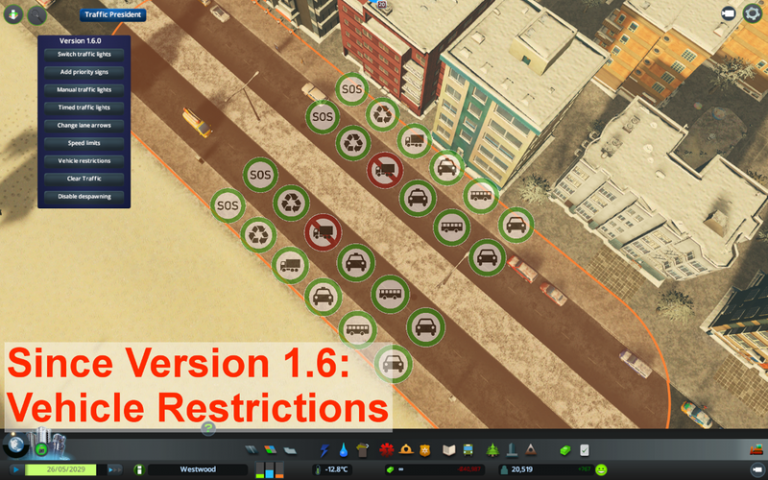

Key areas were identified in consultation feedback and are being addressed.

Waka Kotahi NZ Transport Agency has received a significant amount of feedback, and is now consulting with industry and other stakeholders. The NZGTTM provides an outline of what will be expected by those operating in the new system.Īt this stage it has been through consultation. What is the New Zealand Guide to Temporary Traffic Management? ISO 31000 is the widely accepted benchmark for risk management and should be observed when developing risk management plans for your business.All stakeholders CCNZ has been in contact with believe the adoption of a risk-based approach is the best way to manage risk associated with TTM activities, and CCNZ has taken the decision to work proactively with Waka Kotahi to refine and develop the New Zealand Guide to Temporary Traffic Management (NZGTTM). Controls should be implemented to reduce risk to produce the lowest total risk. When applying the hierarchy of controls the balance between the safety of the workers and road users. This will take time for all to understand – from road controlling authorities to subcontractors.Ī good example of how this approach can work in practice is the Austroads Guide to Temporary Traffic Management, which introduces the concept of lowest total risk, and provides a risk-based approach. Significant cultural and behavioural changes are needed to move from a regulatory to a risk-based system. This is a requirement under the legislation.ĬCNZ supports changes proposed by both WorkSafe and Waka Kotahi NZTA, and has been working actively with these organisations. The new way of working requires a risk management system to be implemented, that provides understanding of the risks associated with the TTM work. Under COPTTM, Waka Kotahi was effectively acting in a regulatory role, but under the new way of working the focus will shift to all parties working together to manage risk on temporary traffic management sites. In the road corridors, appropriate controls are required for road users, especially vulnerable persons. The industry has traditionally conformed to the requirements of the Code of Practice for Temporary Traffic Management (COPTTM), however the introduction of the Health and Safety at Work Act 2015 required work activities to be assessed for risk and reasonably practical controls to be put in place to protect workers.

Temporary traffic management in New Zealand is in the middle of a significant change – from a proscriptive compliance-based approach to a risk-based approach.

Stacy Goldsworthy, Technical Manager, Civil Contractors New Zealand


 0 kommentar(er)
0 kommentar(er)
